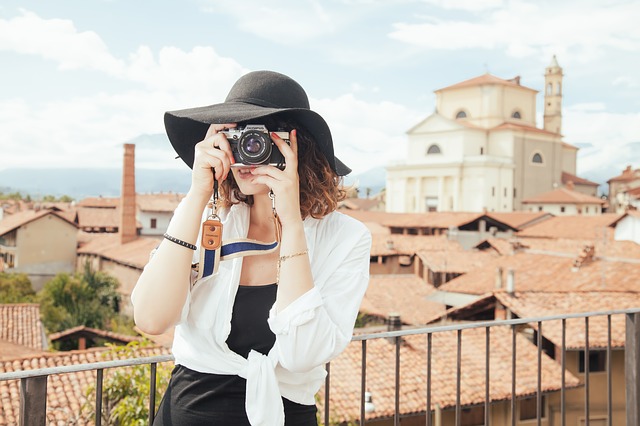Industrial Ventilation in Photography Gear Manufacturing Facilities
 Walk into a facility where camera lenses or sensors are made, and it doesn’t look like a regular factory. It’s quiet and spotless, and there’s a steady hum of air moving overhead. That hum comes from the industrial ventilation systems—an invisible but critical part of making high-quality photography gear.
Walk into a facility where camera lenses or sensors are made, and it doesn’t look like a regular factory. It’s quiet and spotless, and there’s a steady hum of air moving overhead. That hum comes from the industrial ventilation systems—an invisible but critical part of making high-quality photography gear.
Why? Because photography gear is incredibly sensitive. Whether it’s a lens, a digital sensor, or photo paper, the smallest speck of dust or change in temperature can ruin the product. That’s where industrial ventilation comes in. It keeps the air clean, the temperature stable, and the humidity right.
Clean Air for Clean Optics
Let’s start with camera lenses. These are built from high-quality glass or plastic, often shaped and coated with extreme precision. In many cases, even a single fingerprint or a dust particle on the surface can cause distortion or light flaring in the final product.
So, to avoid contamination, lens manufacturing happens in cleanrooms—special areas where air is constantly filtered through HEPA (high-efficiency particulate air) filters. These filters trap dust, pollen, and even microscopic particles. But filtering is only half the job. The air also needs to be moved—ventilated—so that any contaminants that enter the room are quickly swept away.
This is where industrial ventilation systems are key. They don’t just supply clean air; they control how it moves. Air is often introduced from the ceiling and flows toward the floor, where it’s removed. This “laminar flow” reduces turbulence and carries particles downward and out of the cleanroom, away from the workstations and lens surfaces.
Building Image Sensors in Ultra-Clean Environments
Digital camera sensors are even more delicate. These tiny chips convert light into electrical signals and need to be built in environments cleaner than a hospital operating room. A single static charge, hair, or humidity spike could destroy a sensor or cause it to malfunction later.
Sensor fabrication facilities—often called fabs—are built with multiple ventilation and air purification layers. The air change rate can be extreme—sometimes, the entire air volume in the room is replaced dozens of times per hour. HEPA or even ULPA (ultra-low penetration air) filters are used to reach the highest cleanliness levels, sometimes classified as ISO Class 5 or better.
Temperature and humidity control are just as important. Sensors are sensitive to expansion and contraction. A few degrees of temperature change can throw off alignment during manufacturing. Industrial ventilation systems help maintain a consistent environment, often within a single degree Celsius and just a few percent of humidity variation.
Photo Paper and Chemical Air Quality
Though digital dominates, photo paper is still produced for professionals and enthusiasts who value print. Making photo paper involves coating it with light-sensitive chemicals—silver halides, for example—that react to light during printing.
These coatings are applied in large-scale, enclosed production lines. The chemicals involved can release vapors or fumes that pose health risks and can affect product quality if not properly controlled. Industrial ventilation plays a double role here: protecting the workers and protecting the paper.
Exhaust systems pull harmful vapors away from the coating lines, while intake systems filter and balance the incoming air to maintain stable temperature and humidity. This helps ensure that each roll or sheet of photo paper has the same sensitivity, contrast, and quality.
More Than Just Air Movement
Ventilation systems in these facilities aren’t just fans and ducts. They’re tightly integrated with the building’s design, equipment layout, and employee protocols. Workers often pass through “air showers” or gowning rooms to avoid bringing in particles. The air systems must be constantly monitored and maintained to perform as needed.
In many modern facilities, airflow is digitally controlled and adjusted in real-time. Sensors track air quality, pressure, temperature, and humidity. If something goes off-spec, alerts go out immediately. This kind of precision isn’t just about comfort—it’s about protecting million-dollar batches of gear.
Photographers rely on their gear to capture sharp, true-to-life images. Whether it’s a landscape in Iceland or a portrait in natural light, the performance of that lens or sensor depends on how it was made. And how it was made depends a lot on the air in the room.
Industrial ventilation may not be the first thing that comes to mind when considering photography gear. But behind every sharp image, every reliable shutter click, and every perfect print, there’s a whole system working quietly to keep the air clean and steady. It’s one of those things you don’t see—but you’d notice if it weren’t there.


